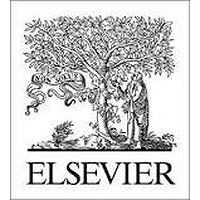Posttraumatic stress disorder (PTSD) is characterized by alterations in the hypothalamic-pituitary-adrenal (HPA) axis and sympathetic nervous system (SNS). There is evidence for a blunted HPA axis reactivity to psychosocial stress. Less is known about how the SNS reacts to psychosocial stress. Here, we compared the HPA axis and SNS responses to psychosocial stress and a non-stressful condition in patients with PTSD and in healthy individuals.Twenty-one women with PTSD and 32 healthy women participated in the Trier social stress test (TSST) and placebo TSST (P-TSST). We measured salivary cortisol, alpha amylase activity and blood pressure before and after the tests. Subjective perceived stress response was also assessed.We found a blunted cortisol response to the TSST in patients with PTSD compared with healthy participants 10 min (t (51) = 2.58, p =.01) and 25 min (t (51) = 2.16, p =.04) after TSST. We found no evidence for an increased SNS reactivity after psychosocial stress in patients with PTSD (all p >.05). Patients with PTSD, but not healthy participants, reported more dissociative symptoms (t (20) = 2.31, p =.03) and being more tired (t (20) = 2.90, p =.01) directly after TSST compared with the placebo condition.Our results suggest a blunted HPA stress reactivity and an increased subjective perceived stress response in female patients with PTSD. Longitudinal studies could test if these altered stress responses constitute a predisposition to or a cause of PTSD. Future studies should investigate whether these results are transferable to men.

Blunted salivary cortisol response to psychosocial stress in women with posttraumatic stress disorder
Review badges
0 pre-pub reviews
0 post-pub reviews